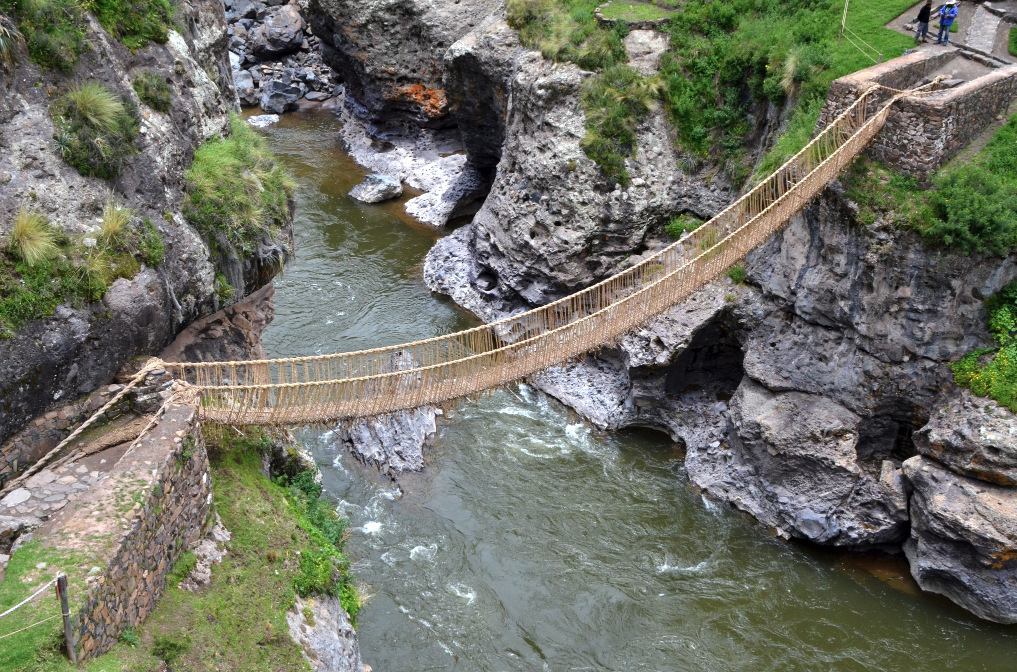Connecting Civilizations
The Silk Road was a vast network of trade routes linking East Asia, the Middle East, and Europe. More than just a single path, it comprised a series of interconnected roads, rivers, and sea routes. Merchants transported silk, spices, precious metals, and other goods, connecting distant civilizations in unprecedented ways.
Economic and Cultural Exchange
Trade along the Silk Road went beyond material goods. Ideas, religions, languages, art, and technology also traveled across these routes. Cities along the way became cultural melting pots, blending local traditions with foreign influences. Buddhism, for example, spread from India to China largely because of these trade networks.
Challenges and Achievements
Merchants faced harsh deserts, rugged mountains, and bandits, yet trade flourished for centuries. Caravans, port cities, and markets facilitated commerce, diplomacy, and cultural exchange. The Silk Road demonstrates how trade can shape not only economies but also societies, politics, and worldviews.
Legacy
The Silk Road laid the foundation for globalization in the ancient world. Its influence is still evident today, reminding us how human connection, exchange, and innovation can transcend borders and shape civilizations for generations.







